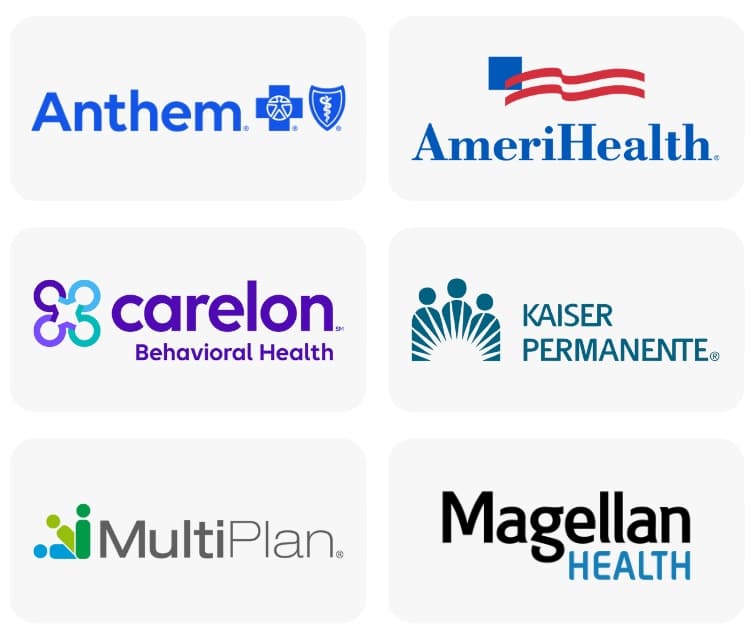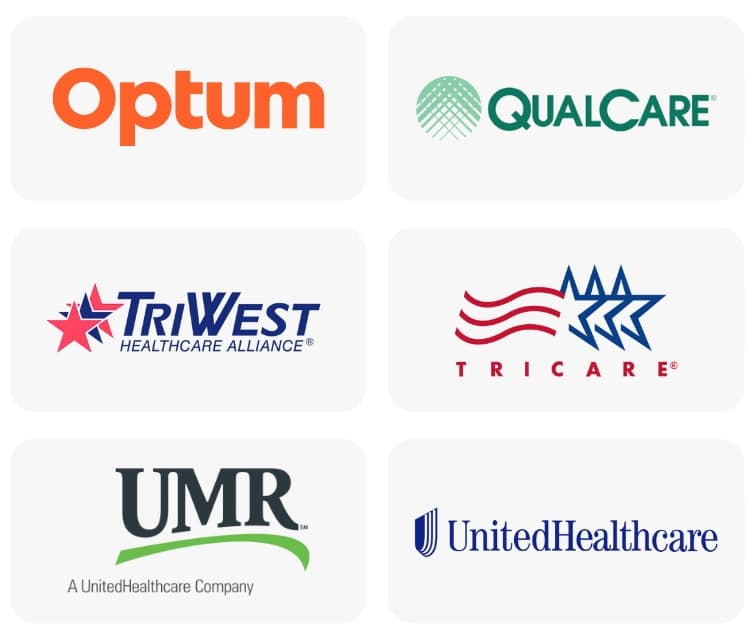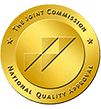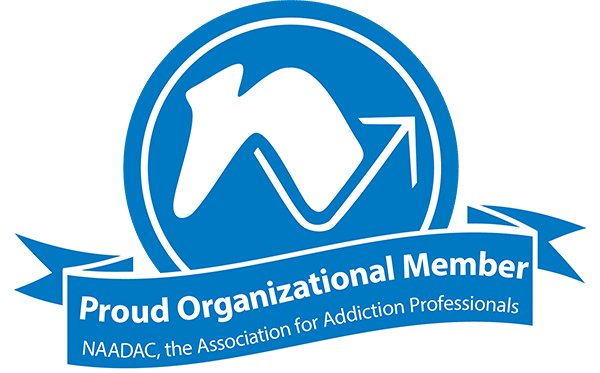Bipolar disorder is a treatable mental health disorder that often appears as a co-occurring disorder with substance abuse. There is a clear connection between bipolar disorder and addiction. The extreme shifts in mood that come with bipolar are only one of the reasons why there are such high rates of substance abuse among those who suffer from bipolar disorder (40%).
Bipolar disorder is a well-researched mental health condition. As far back as the Ancient Greeks and Romans, humans have noticed each other experiencing episodes of mania and depression. Between 4% and 5% of American adults will experience bipolar disorder at some point in their lives.
It wasn’t until the 1950s that the first formal diagnosis of manic-depressive disorder appeared in the American Psychiatric Association’s Diagnostic and Statistical Manual of Mental Disorders (DSM-I). In 1980, the term bipolar disorder was used for the first time.
Footprints to Recovery is a valuable resource if you want to overcome your struggles with co-occurring bipolar disorder and addiction. Our team of behavioral health and substance abuse treatment clinicians have helped countless people regain control of their lives, and we’re ready to help you.
What Is Bipolar Disorder?
Bipolar disorder is a diagnosable mental health condition that causes extreme mood swings or episodes of mania and depression. These mood swings can be severe and disrupt your normal life. Each episode can last for days, weeks, or months. This can lead to difficult periods when simple things like family responsibilities, school, or work become far more challenging. There is no cure for bipolar disorder, but with proper management and treatment, you can control your symptoms for a happy and fulfilling life.
Different Types of Bipolar Disorder
Researchers have pinpointed different types of bipolar disorder while studying the condition. The main difference between them is the severity of symptoms. Each diagnosis comes with a unique treatment and recovery plan set forth by a treatment center like Footprints to Recovery.
The different types of bipolar disorder are:
- Bipolar disorder I: Severe manic or depressive symptoms last for more than seven days.
- Bipolar Disorder II: Symptoms that are less severe than bipolar I.
- Cyclothymic Disorder: A mild form of bipolar disorder that features an elevated mood known as hypomania and periods of depression, but they do not last as long, or the symptoms are not severe enough for a bipolar I or II diagnosis.
Another form of the disorder, called unspecified bipolar disorder, is also used for those with symptoms that don’t fall exactly into one of the above types.
What Are the Symptoms of Bipolar Disorder?
Bipolar disorder features two unique moods that have very different symptoms and treatment needs. The two sides of bipolar disorder are mania and depression. The symptoms of each are below:
Manic Episode Symptoms:
- Elevated mood
- Racing thoughts
- Excessive energy
- Sleeping less
- Inflated self-esteem
- Impulsive, risky behavior
Depressive Episode Symptoms:
- Feeling sad or hopeless
- Loss of interest in activities you once found pleasurable
- Lethargy
- Shifts in weight
- Poor sleep habits
- Suicidal thoughts
Both manic and depressive episodes can last for days, weeks, or even months. In between these episodes, individuals with bipolar disorder may experience periods of normal mood. However, without proper treatment and management, these episodes can become more frequent and intense over time. It is important to seek help if you or someone you know is experiencing symptoms of bipolar disorder to properly manage the condition and improve overall quality of life.
What Causes Bipolar Disorder?
The exact cause of bipolar disorder is not known. Many believe it involves genetic, biological, and environmental factors. Most researchers agree that a complex interplay between factors contributes to the disorder.
Some of the factors that may play a role in bipolar disorder include:
- Genes: Those with a family history of bipolar disorder or other mental health disorders are at a higher risk of having it.
- Brain structure: The way your brain is individually wired may contribute to bipolar disorder.
- Environment: Certain environmental factors may trigger or exacerbate bipolar disorder in people with a genetic predisposition. Stressful events, like trauma, loss, or major life changes, can contribute to the onset of mood episodes.
- Physical health: Chronic medical conditions, especially those affecting the brain or hormonal systems, may increase the risk of developing bipolar disorder or contribute to mood instability.
Why Do People with Bipolar Disorder Self-Medicate?
Self-medicating is a dangerous but common practice. It’s when you use drugs or alcohol to reduce the symptoms associated with mental illness. Issues like depression or anxiety are commonly associated with substance abuse. Unfortunately, bipolar disorder is as well. According to a study, more than 40% of bipolar I and bipolar II patients suffer from life-long substance abuse disorders.
Research is still trying to understand the full link between bipolar disorder and addiction, but many experts believe self-medication plays a role. Using drugs and alcohol may offer temporary relief, but substance abuse does not treat mental health disorders, and it certainly doesn’t cure them. It may be the opposite. Drug and alcohol use can alter the chemistry of your brain and nervous system. It also affects the reward system in your brain, causing pleasure-seeking behavior.
Some other reasons why those with bipolar disorder are more prone to addiction include:
- Impulse control: If you’re experiencing a manic episode, you’re more likely to make risky decisions and act on impulse rather than thinking clearly about the dangers of a certain behavior or substance.
- Genes: Some research has shown that genetics play a factor in the development of both bipolar disorder and addiction.
- Stress relief: Living with bipolar disorder can be overwhelming. Many turn to drugs and alcohol as an escape when issues like stress or anxiety cause bipolar disorder symptoms to appear.
- Accessibility: Because alcohol and other drugs are relatively easy to get, they can become a preferred, easy self-medication option rather than getting help from a professional addiction and behavioral health treatment center.
Alcohol is problematic for those with bipolar disorder because it’s so readily available. Drinking alcohol can help reduce manic and depressive symptoms in the short term, but long-term alcohol use is harmful. It also opens the door for physical dependence. This means you need more alcohol to feel good. Abusing alcohol to self-medicate can also make bipolar symptoms worse.
The longer you wait to get help for bipolar disorder and co-occurring substance abuse, the more harm you’re potentially doing to your body and mind. Breaking the cycle of using drugs or alcohol to feel better is critical for treating bipolar disorder. And finding a treatment plan that works is an important step in the process.
Treating Co-Occurring Bipolar Disorder and Addiction
When you’re dealing with both bipolar disorder and substance abuse, it’s known as a dual diagnosis. Treating co-occurring disorders isn’t something you can do on your own. Simply detoxing from alcohol or other drugs isn’t enough.
Treatment for a dual diagnosis should be done by professional behavior and substance abuse counselors at a certified addiction treatment center. That’s because these addiction and mental health professionals know and understand integrated treatment—treating both issues at the same time. Only treating one opens the door for relapse and a return to the cycle of mental health issues and addiction.
Here are some of the ways bipolar disorder is treated, which can be incorporated into drug addiction treatment as well:
- Medication management
- Psychotherapies
- Drug addiction counseling
These treatment services address both bipolar and addiction, making them a more effective approach for those with a dual diagnosis.
Medication Management
Medication is a common way of treating bipolar disorder. Bipolar medications include:
- Mood stabilizers control the mood swings that come with bipolar. They also may reduce the likelihood of future manic or depressive episodes.
- Antipsychotics, which reduce symptoms such as hallucinations
- Atypical antidepressants, which can be prescribed to help reduce the length and severity of depressive episodes
The team at Footprints to Recovery can help with medication management for bipolar disorder. When you enter our facility, our team of licensed and professional therapists will conduct a thorough evaluation to determine if medication is right for you. Finding the right balance with medications is key for successful treatment. It may take some time for your doctors to find the correct medications and dosages for effective treatment.
Why Some People with Bipolar Don’t Stay on Their Medication
It’s not uncommon for people with bipolar disorder to stop taking their medications. The reasons often include:
- Not remembering
- Unpleasant side effects
- Not getting support from family or loved ones
- Fear of drug addiction
- Wanting to try a different form of treatment for bipolar
When you partner with a treatment facility like Footprints to Recovery to treat your bipolar, we’ll work with you to find the best treatment path for your situation and your preferences. Our goal is for you to feel well, no matter how long it takes.
Psychotherapies
Talk therapy is one of the most effective ways to treat a mental health disorder. There are many different forms of psychotherapy, and they all have certain goals and benefits.
Here are some of the psychotherapy options offered by the clinical team at Footprints to Recovery:
- Cognitive behavioral therapy (CBT): CBT is one of the most widely used psychotherapies for bipolar disorder. It can help you identify and change negative behaviors and thought patterns that may contribute to mood swings and exacerbate your symptoms. You’ll learn strategies to manage stress, identify early warning signs of mood episodes, and develop coping skills.
- Dialectical behavior therapy (DBT): DBT is a form of CBT that focuses on emotion regulation and interpersonal effectiveness. It can be particularly helpful if you have bipolar disorder and struggle with intense mood swings and relationship difficulties. DBT emphasizes mindfulness, distress tolerance, and interpersonal skills.
- Interpersonal and social rhythm therapy (IPSRT): IPSRT is specifically designed for people with bipolar disorder and focuses on regulating daily routines and sleep patterns. By stabilizing daily routines and managing social rhythms, IPSRT aims to reduce the risk of mood episodes and improve overall functioning.
Drug Addiction Counseling
Counseling can be a valuable tool for developing coping skills when living with bipolar disorder and substance abuse. A counselor or therapist can provide a safe and supportive space to discuss your experiences and work through any challenges you may face. They can also help you identify triggers, develop coping strategies, and learn how to manage symptoms effectively.
Through counseling, you can also address any underlying issues that may contribute to your bipolar disorder, such as past trauma or relationship difficulties. By understanding these factors, you can better navigate and cope with them in the future.
In addition to individual counseling, group therapy sessions may also be beneficial. Connecting with others who are going through similar experiences can provide a sense of support and validation. Group therapy can also offer opportunities for learning from others’ perspectives and feedback on coping strategies.
Dual Diagnosis Treatment for Bipolar and Addiction
Finding the right help for bipolar disorder can often make all the difference in recovery. At Footprints to Recovery, our goal is to help you improve your life through substance abuse and behavioral health treatments. To do so, we provide a full continuum of care, including:
- Medical detox: If you come to us needing to detox from substance abuse, our medical detox team is here to help. Often the first step in recovery, detox involves getting all drugs and alcohol out of your body. It can be dangerous depending on factors like what substances you’ve been abusing and the length of time you’ve used them.
- Inpatient rehab: Residential addiction and mental health treatment offers structure and guidance to focus on both bipolar and substance recovery. You live full-time at our treatment facility undergoing treatments like individual therapy, group therapy, family therapy, psychotherapies, and holistic programs. These programs are designed to help you cope with triggers in the future.
- Partial hospitalization program (PHP): PHP offers a high level of structure and programming but is outpatient treatment. You attend treatment daily at our facility and return to your home or a sober living home in the evenings. It’s a halfway point between inpatient and outpatient treatment that can help with the transition back to everyday life.
- Intensive outpatient program (IOP): An IOP is another form of outpatient care that can help with recovery. It’s less time and commitment than a PHP but still offers the structure and programming to aid recovery. The goal is to begin transitioning back to your normal life after recovery.
- Outpatient program: Outpatient rehab is the most flexible form of treatment for addiction and bipolar disorder. It involves attending treatment once or twice per week. Outpatient care is a great place to build a system of support you can rely on following recovery.
Get Help with Bipolar and Addiction
You don’t have to spend your life living under the dark cloud of mental health issues and substance use disorders. The manic and depressive episodes of bipolar disorder can make things challenging, so treating your bipolar disorder—not just your addiction—is essential for health and happiness.
Footprints to Recovery’s comprehensive dual diagnosis treatment programs can help you turn your life around. Each program is overseen by a member of our clinical therapy team at our comfortable facilities. We’re proud to offer unique levels of care and an individualized treatment plan for everyone who comes to us for help. Contact us today to learn how we can help.



